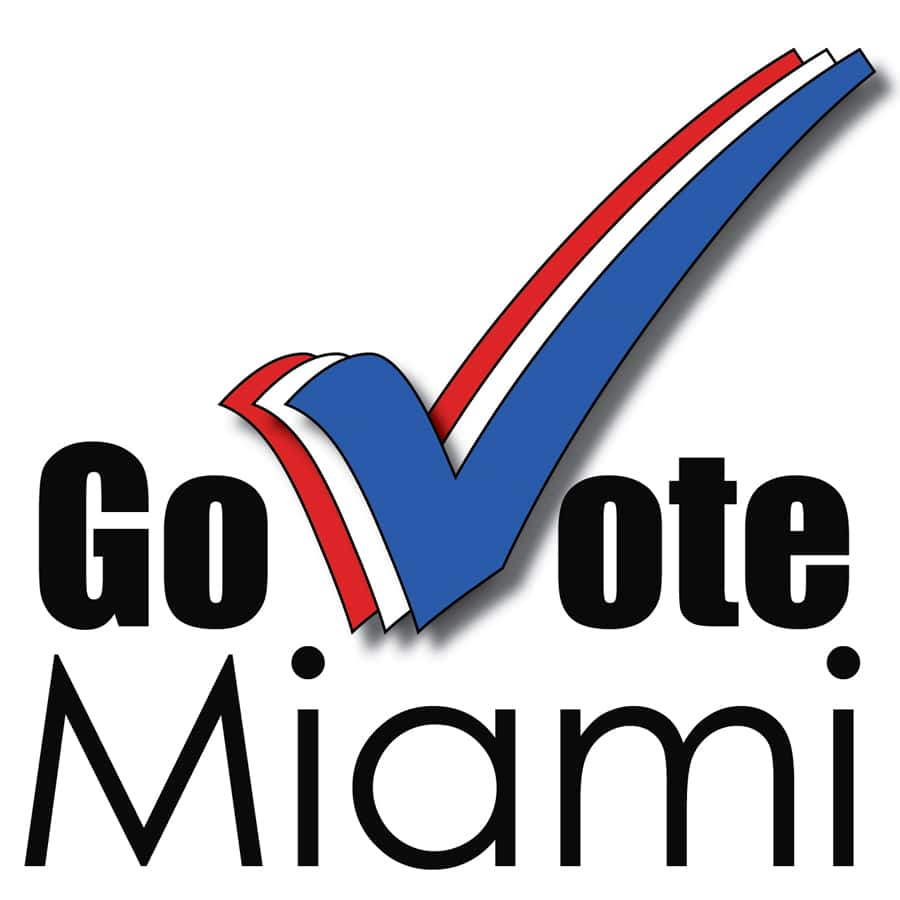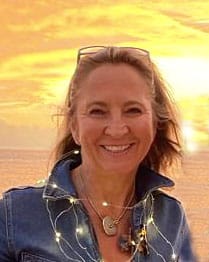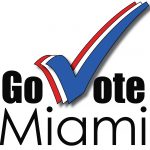Columbus Day has first been recognized as a national holiday in 1934 by President Franklin D. Roosevelt. President Biden has now proclaimed Monday, October 11th officially as Indigenous Peoples’ Day. By doing so he is merely making official, what many states and cities around the country – and the world – have recognized and celebrated for decades. South Dakota was the first state to recognize it in 1989, and the cities of Berkley and Santa Cruz followed.
“For generations, Federal policies systematically sought to assimilate and displace Native people and eradicate Native cultures,” Biden wrote in the Indigenous Peoples’ Day proclamation”… we recognize Indigenous peoples’ resilience and strength as well as the immeasurable positive impact they have made on every aspect of American society.”
The original proclamation at the International NGO Conference on Discrimination Against Indigenous Populations in the Americas held in Geneva in 1977, was a water shed event and the very first time Native peoples were able to speak for themselves at the UN. Some governments felt so threatened that they prevented delegates from participating, others persecuted them upon return.
Delegates represented over sixty indigenous peoples and Native nations, from fifteen American countries: Argentina, Bolivia, Canada, Chile, Costa Rica, Guatemala, Equador, Mexico, Nicaragua, Panama, Paraguay, Peru, Suriname, the United States and Venezuela. More than fifty international NGOs, UN agencies and 27 UN member states also sent representatives and observers.
John Mohawk with the Iroquois Nation, drafted the message to speak “for the natural world, for the future generations, and for the life on this planet, which were all at great risk, and we each needed to contribute to the solution”. That message is still ringing true with even more urgency today.
It took another thirty years, before the UN Declaration of The Rights of Indigenous Peoples would be issued based on the first draft developed in 1977.
There are many ways to celebrate this special day.







